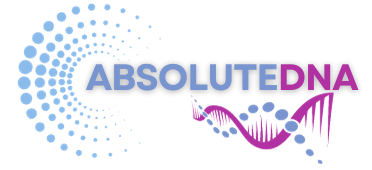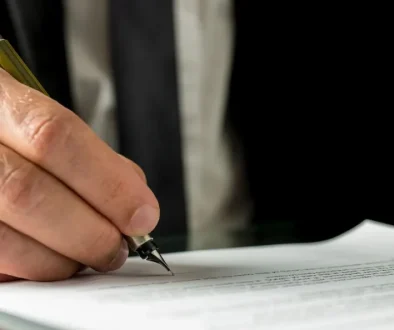What Is A Siblings DNA Test?
A Siblings DNA Test is used to determine if two or more individuals share one or both parents. This test can be used in various situations, such as verifying relationships for legal, personal, or medical reasons. Here’s an overview of how it works and what to expect:
Types of Siblings Relationships
- Full Siblings: Share both biological parents.
- Half Siblings: Share one biological parent (either mother or father).
- Unrelated: No biological parents in common.
How It Works
- Sample Collection: The most common method is a cheek swab, though other types of samples like blood or hair can also be used. Each participant provides a DNA sample.
- DNA Analysis: The samples are analyzed in a lab to examine specific regions of the DNA called loci. Each person has two alleles at each locus, one inherited from each parent.
- Comparison: The DNA profiles of the individuals are compared across multiple loci to determine the likelihood of a biological relationship. Full siblings will have more alleles in common than half-siblings, and half-siblings will have more in common than unrelated individuals.
- Statistical Calculation: The results include a statistical analysis that provides a probability of the relationship. This is often expressed as a Sibling DNA Index (SDI), which indicates how many times more likely the tested individuals are to be siblings compared to being unrelated.
Use Cases
- Legal Purposes: Proving sibling relationships for inheritance, custody, or immigration cases.
- Personal Knowledge: Confirming biological relationships for family history or personal understanding.
- Medical Reasons: Understanding genetic relationships for health and medical history purposes.
Limitations
- Mutations: Rare genetic mutations can affect results, though these are uncommon.
- Number of Loci: The accuracy of the test increases with the number of loci analyzed. More loci provide more precise results.
- Parental Availability: Having one or both parents’ DNA can improve accuracy, though it is not always necessary.
Choosing a Testing Service
When selecting a service for a Siblings DNA Test, consider factors like:
- Accreditation: Choose a lab that is accredited by recognized bodies like the AABB (American Association of Blood Banks) or ISO (International Organization for Standardization).
- Privacy: Ensure the company has strict privacy policies to protect your personal information.
- Cost: Prices can vary, so compare costs but also consider the reliability and accuracy of the service.
If you have any specific questions or need further details about the Siblings DNA Test process, feel free to ask!




